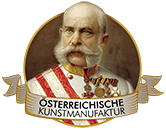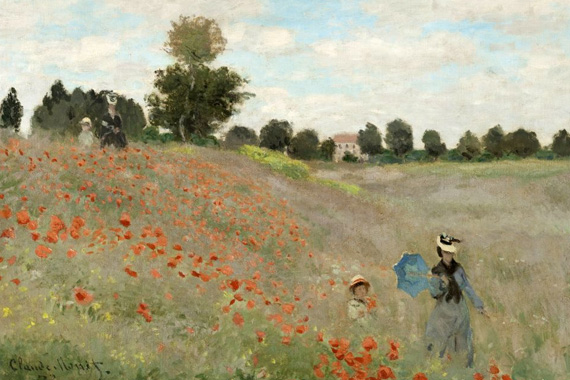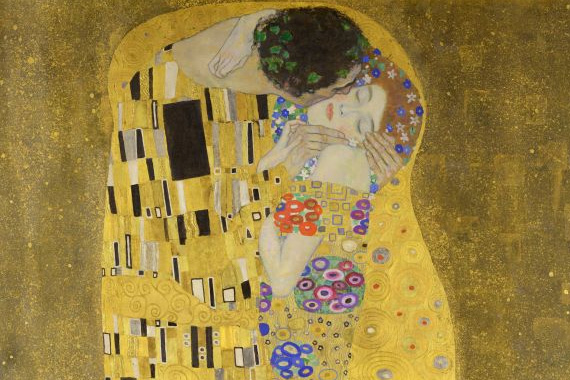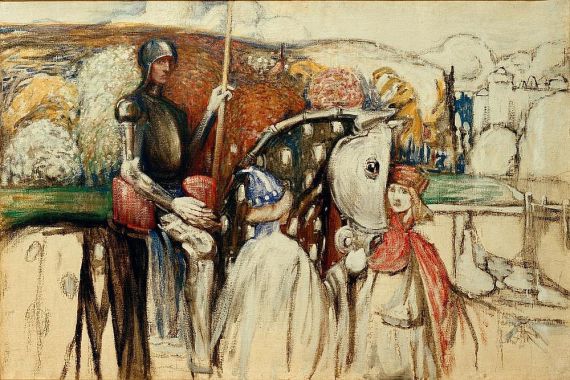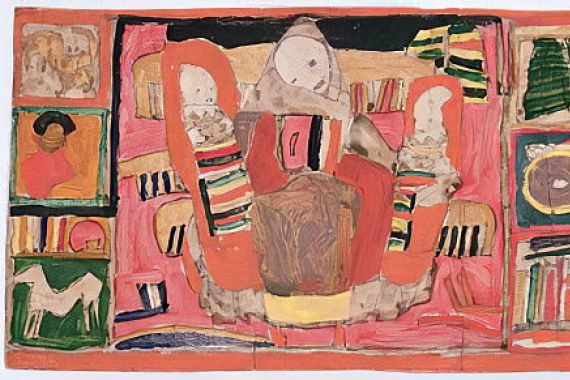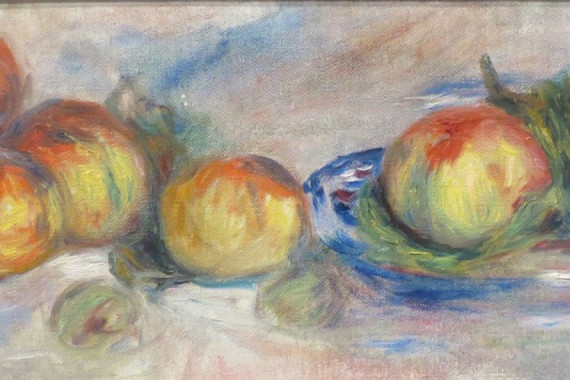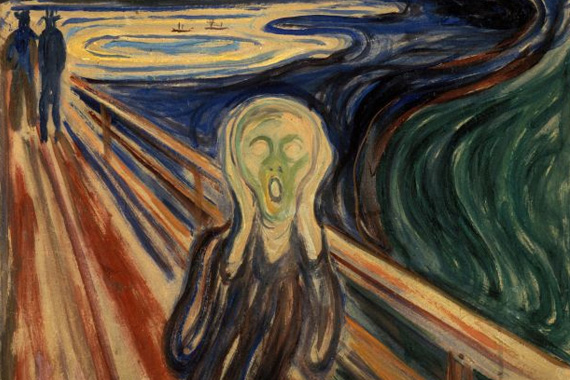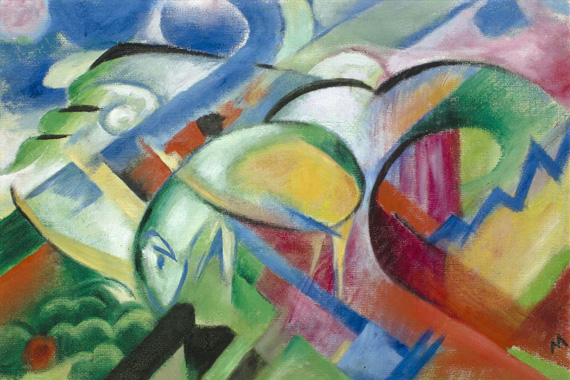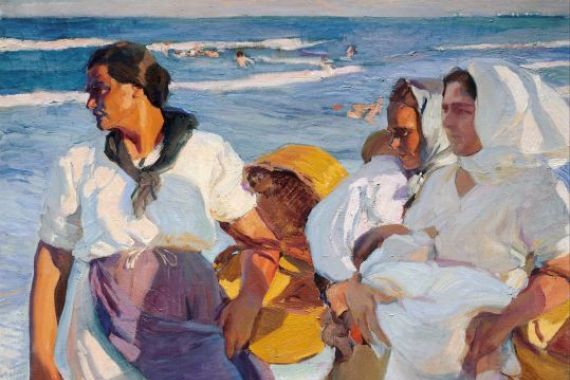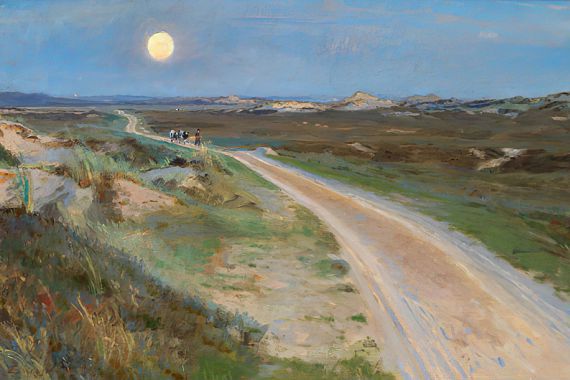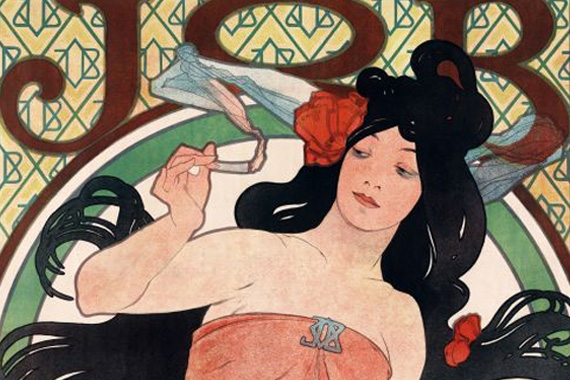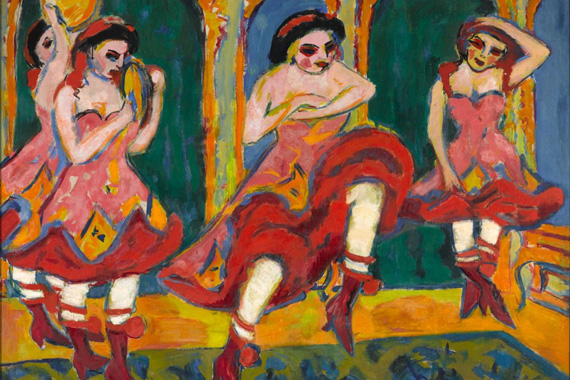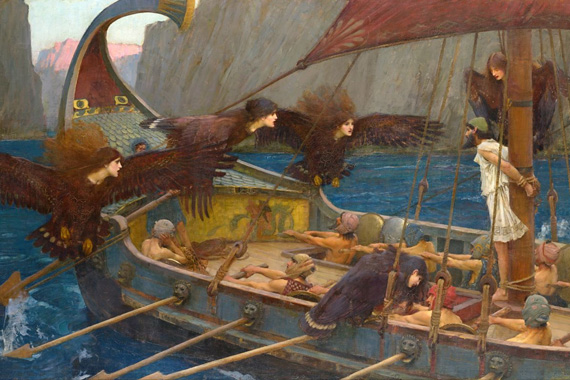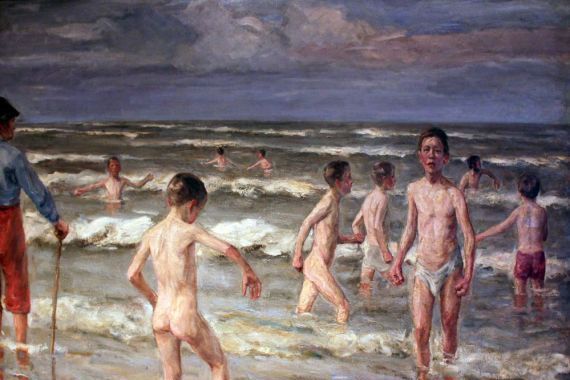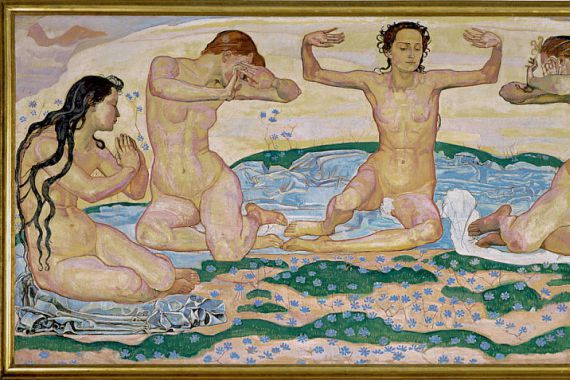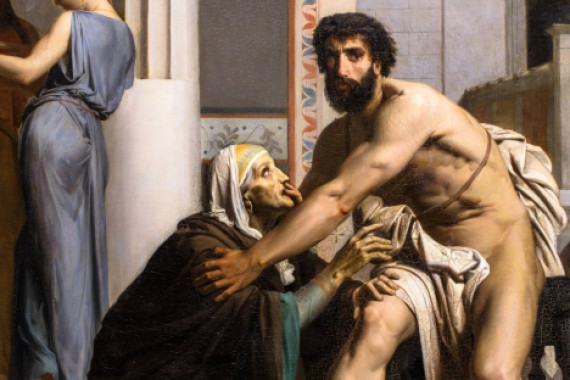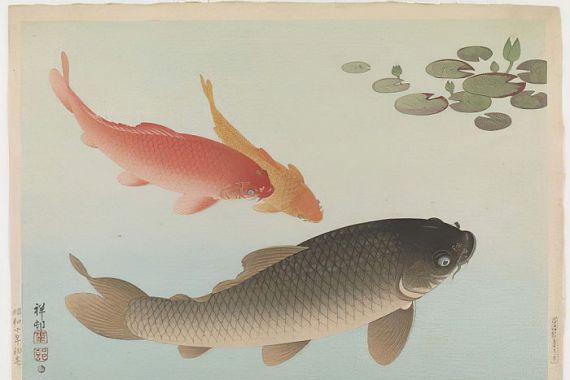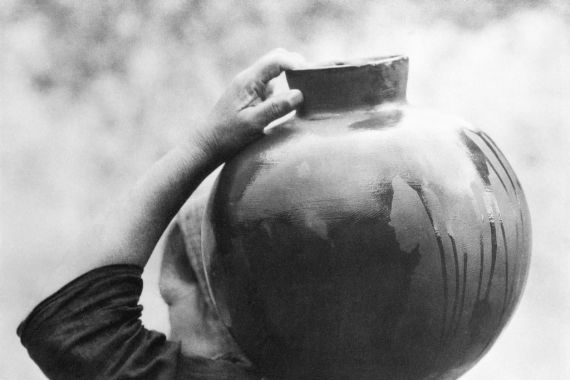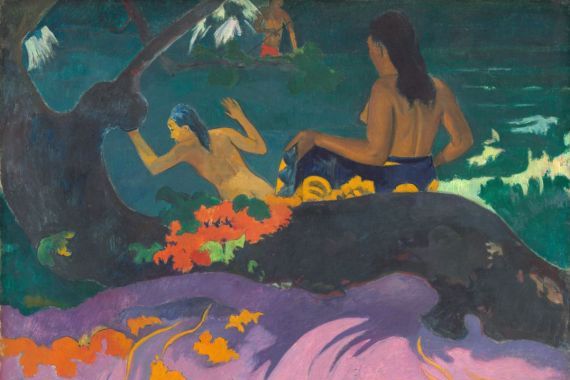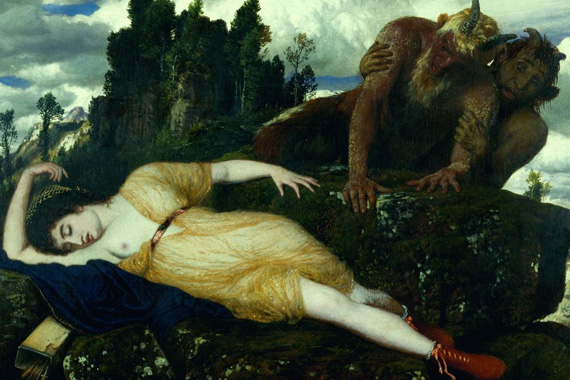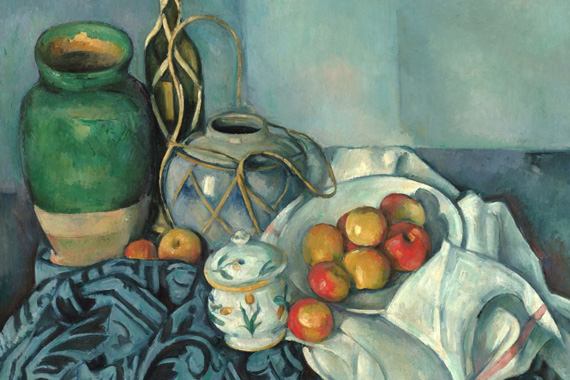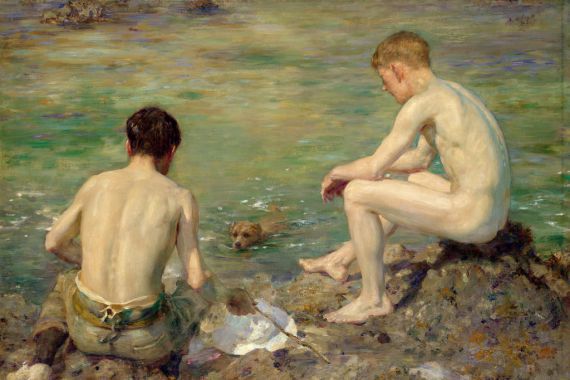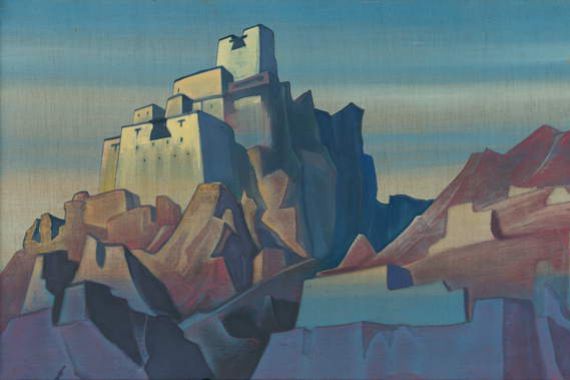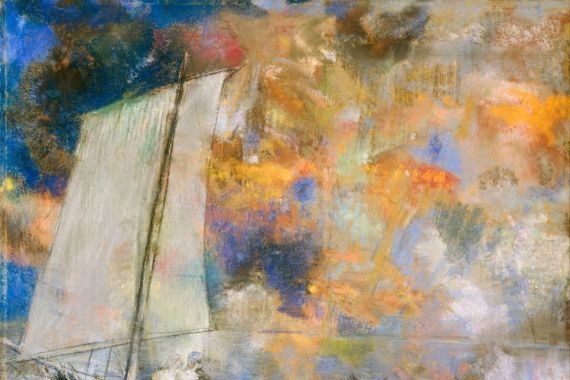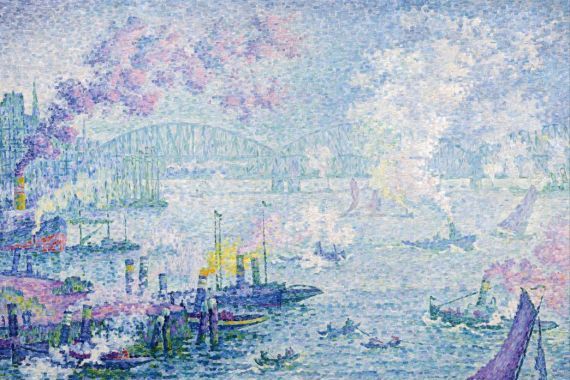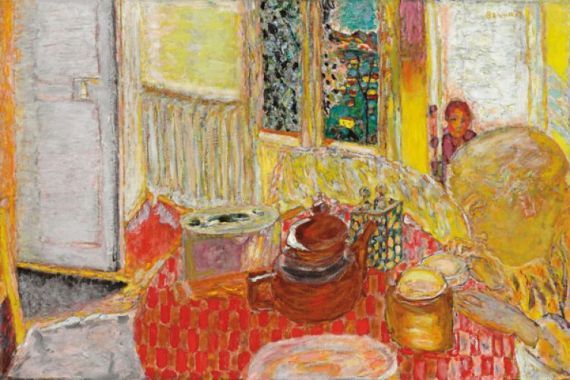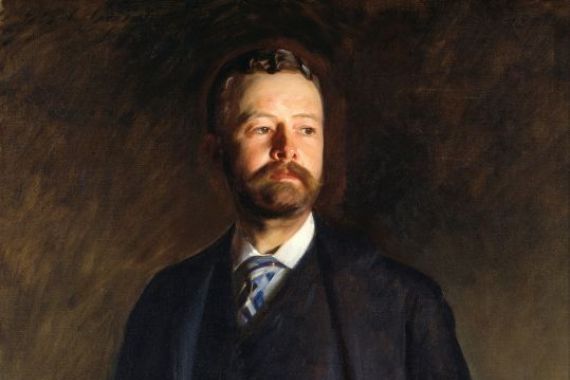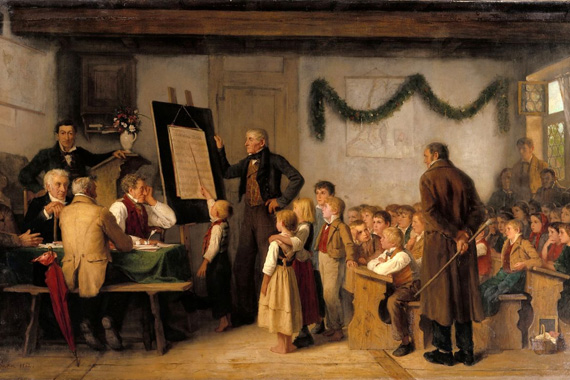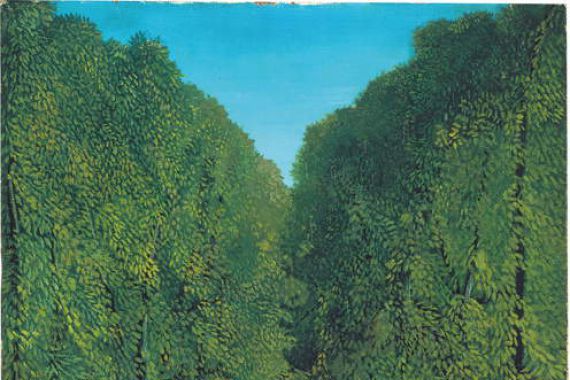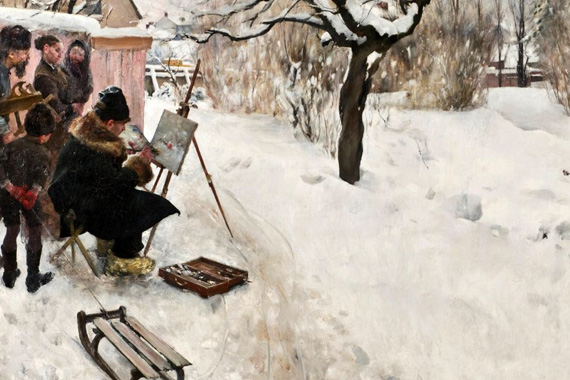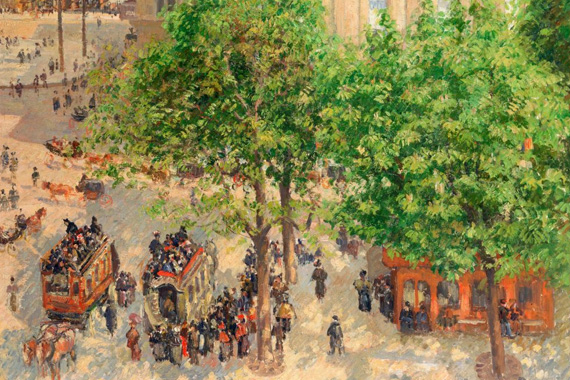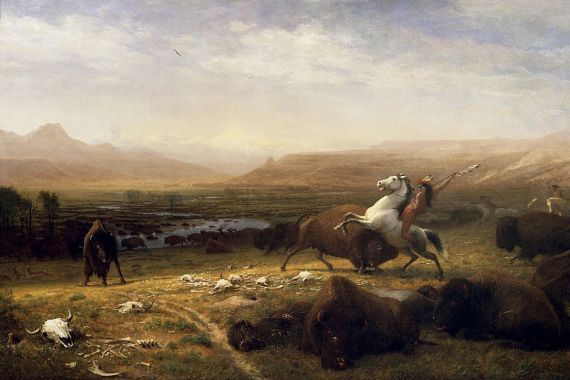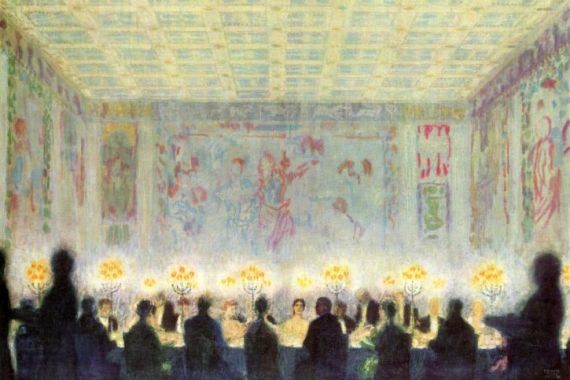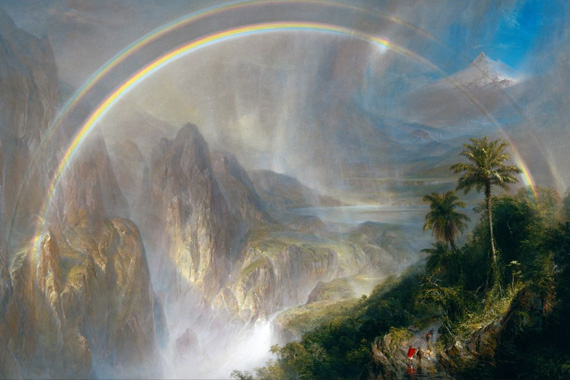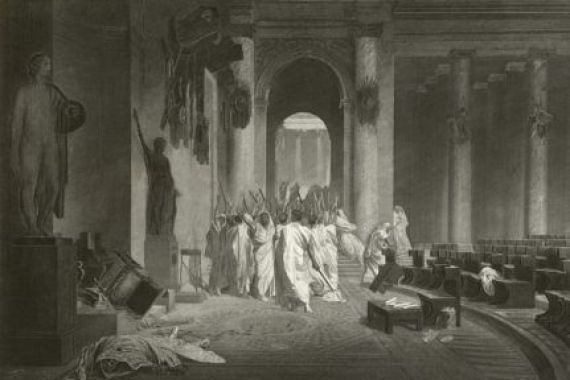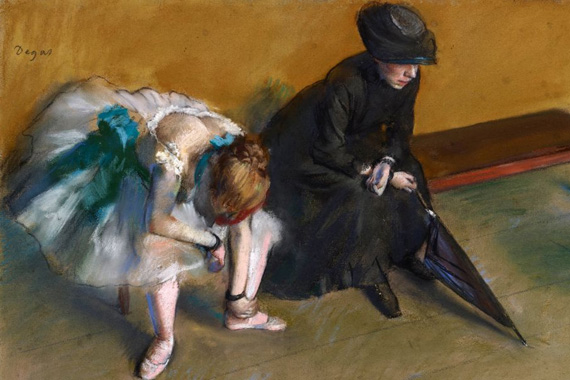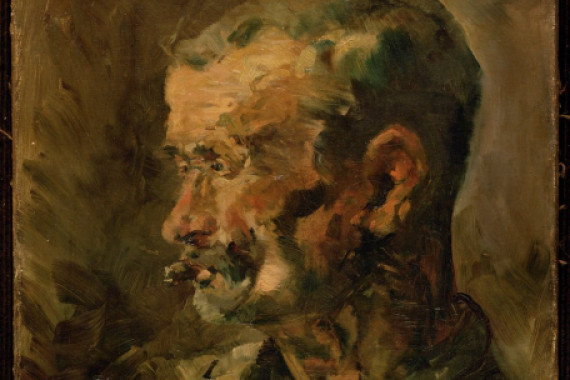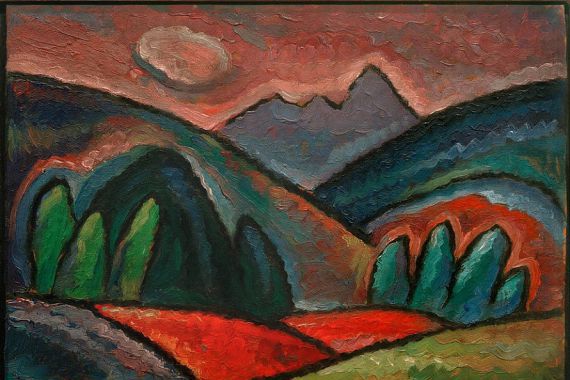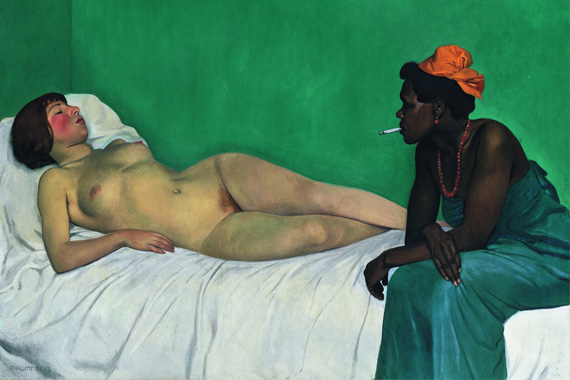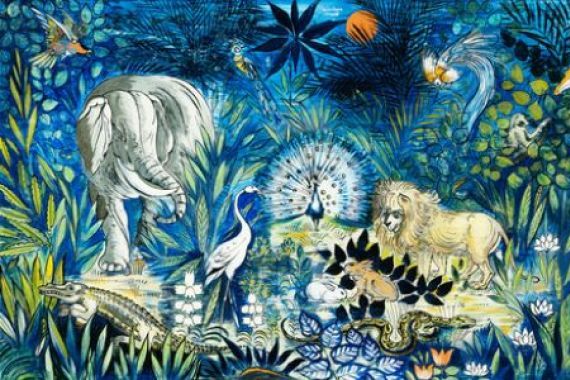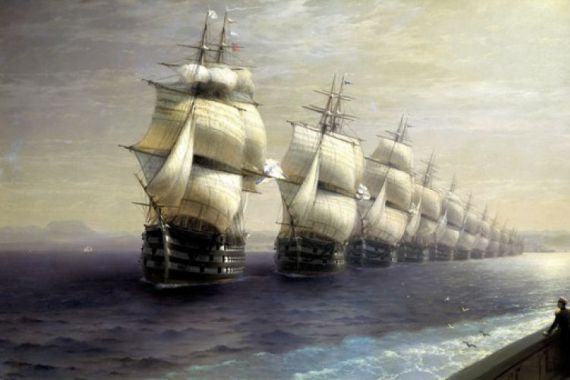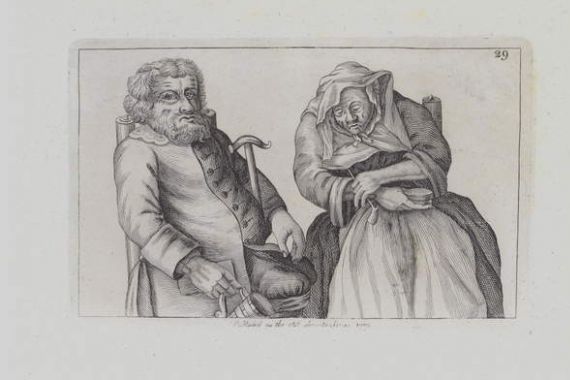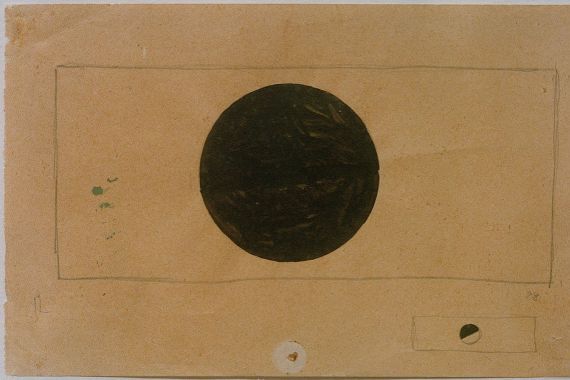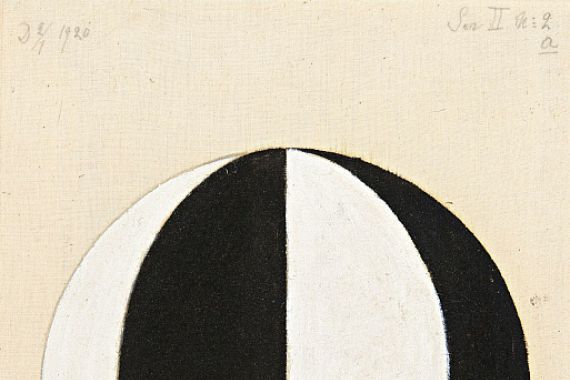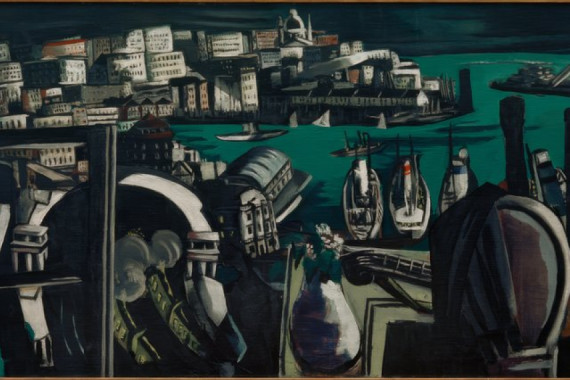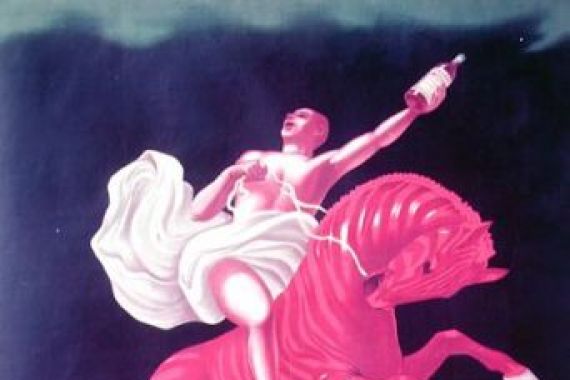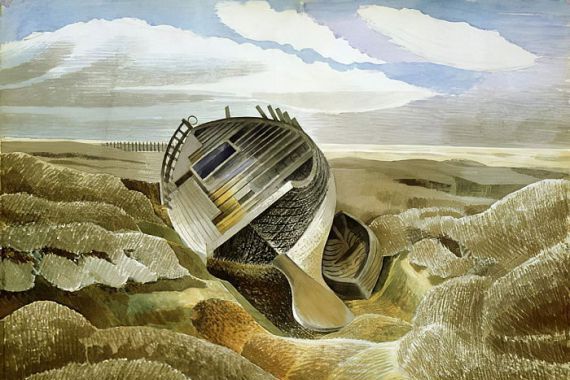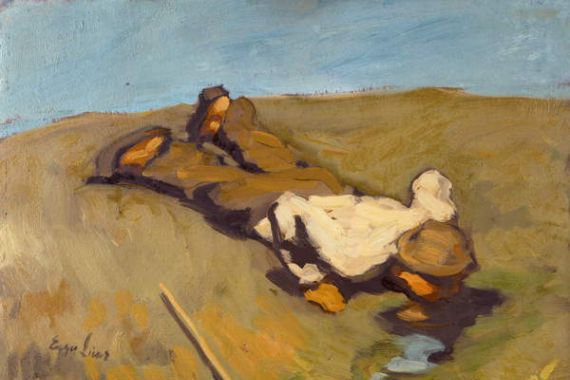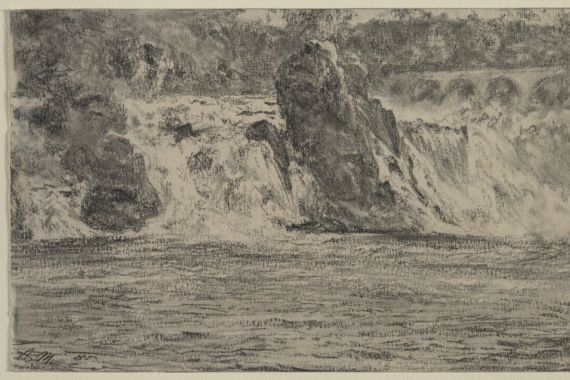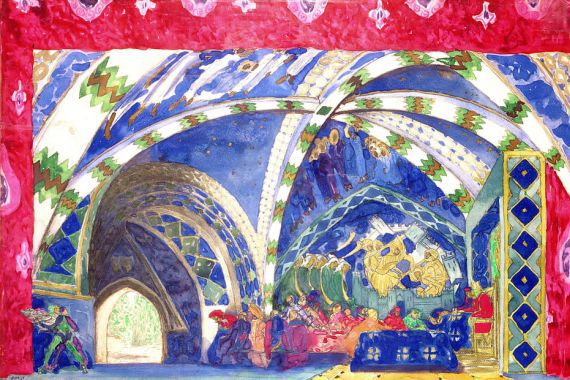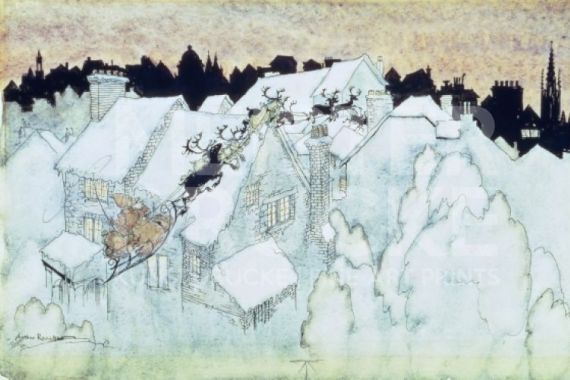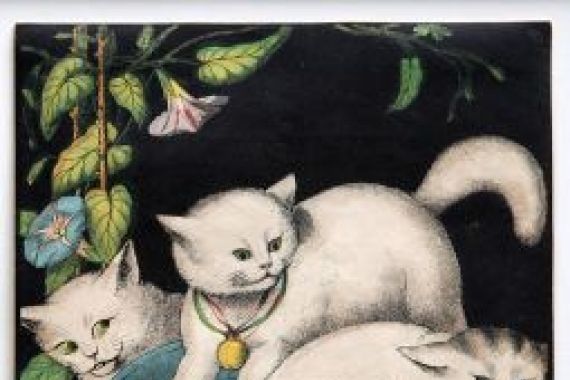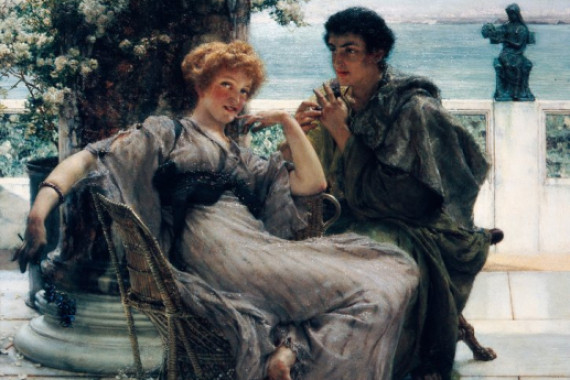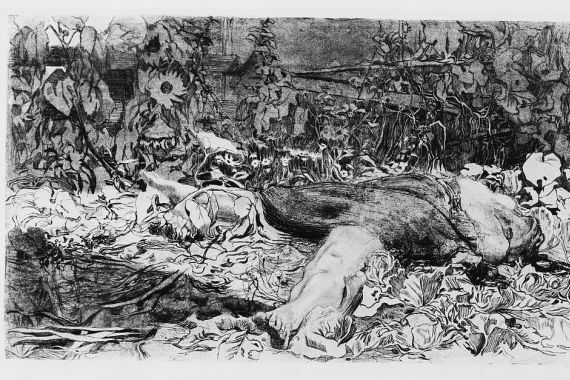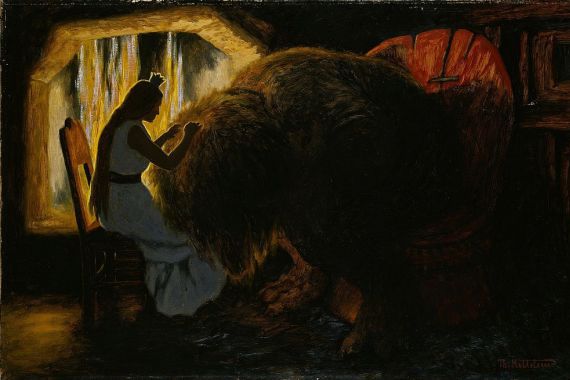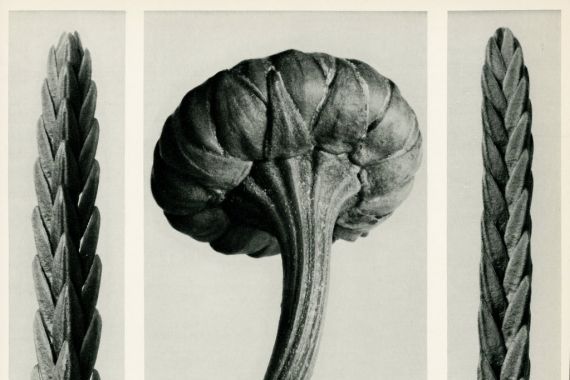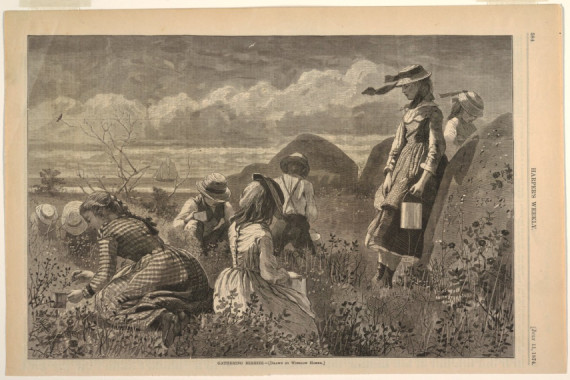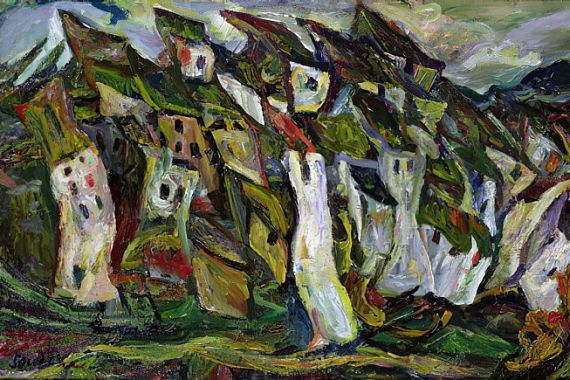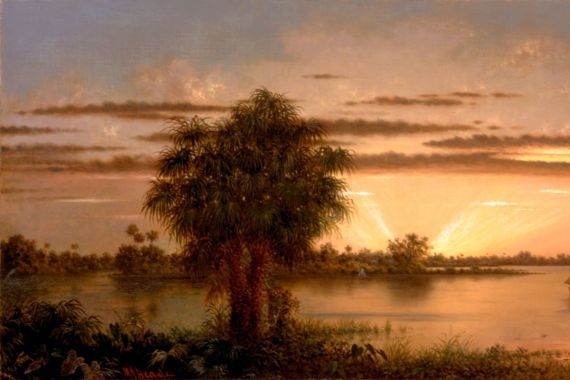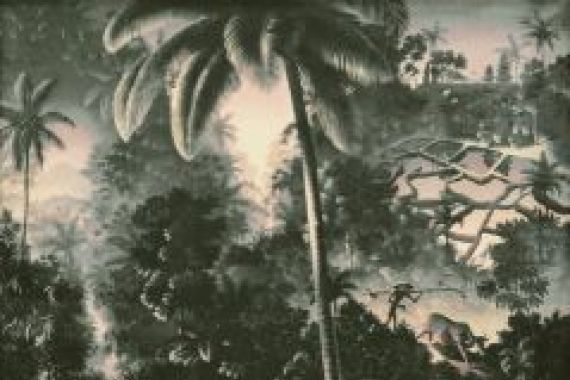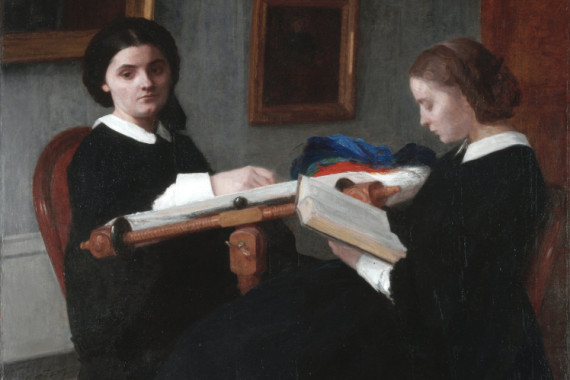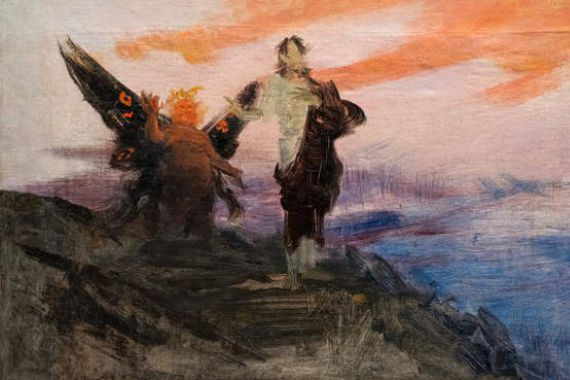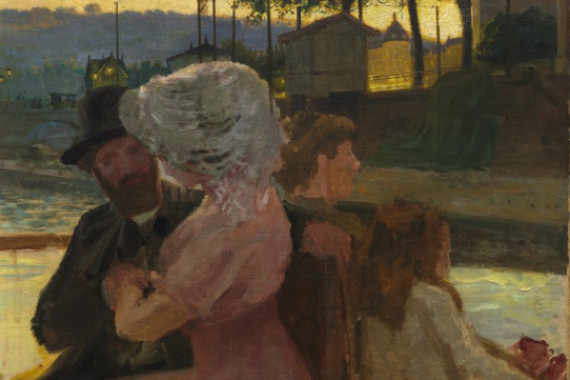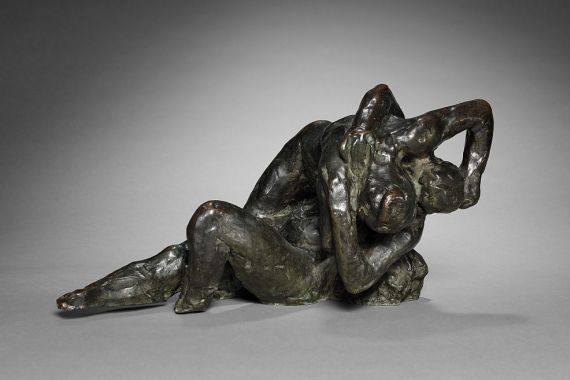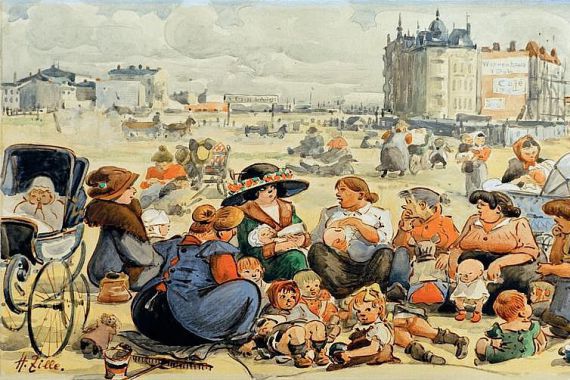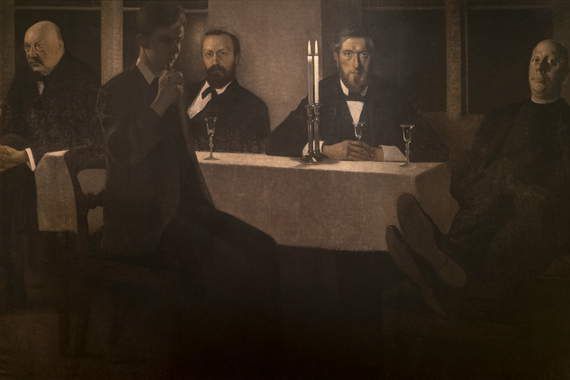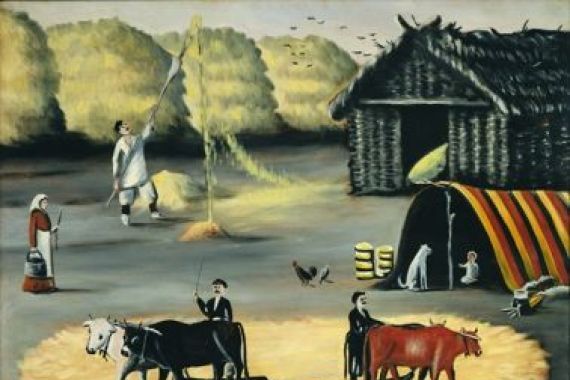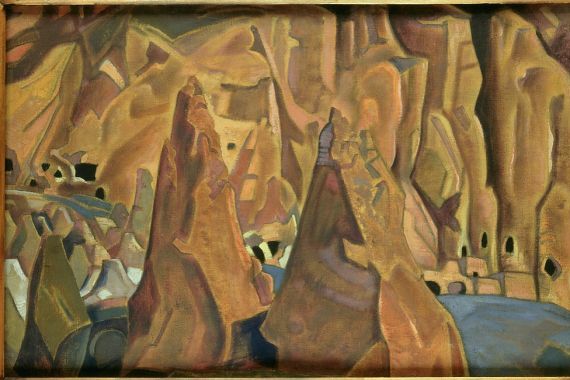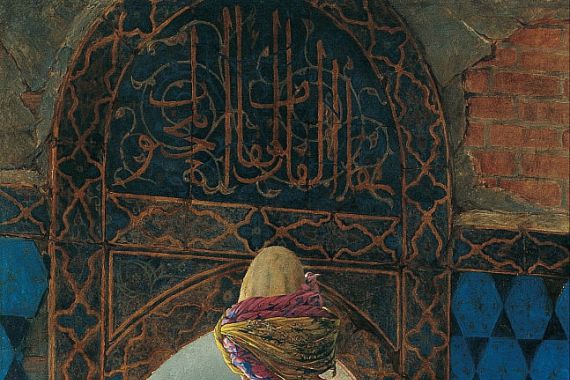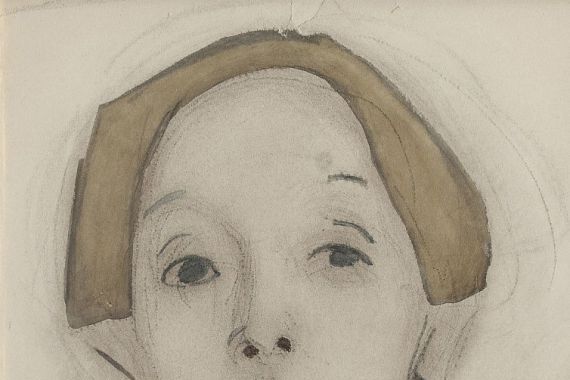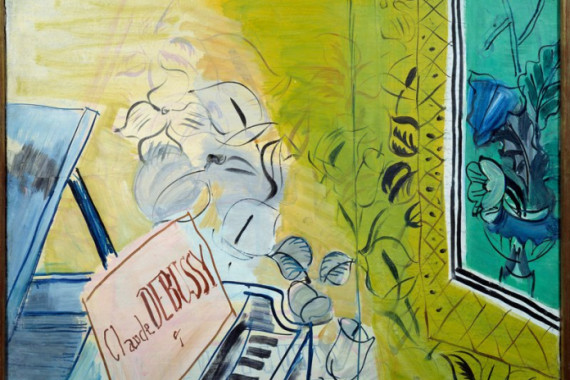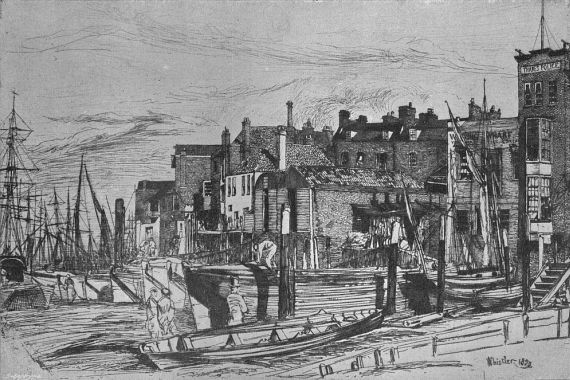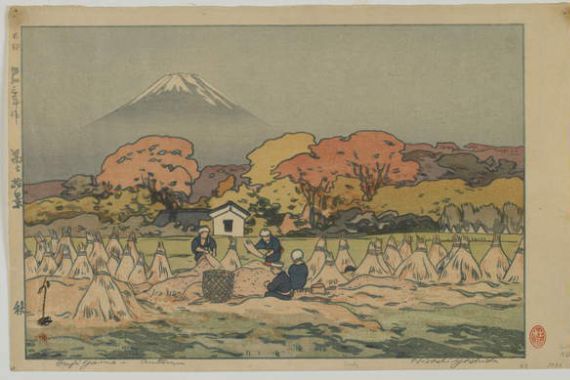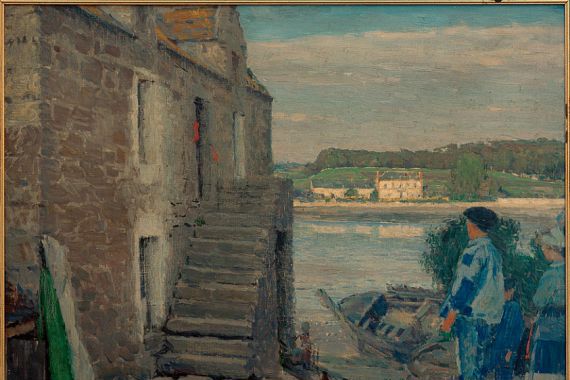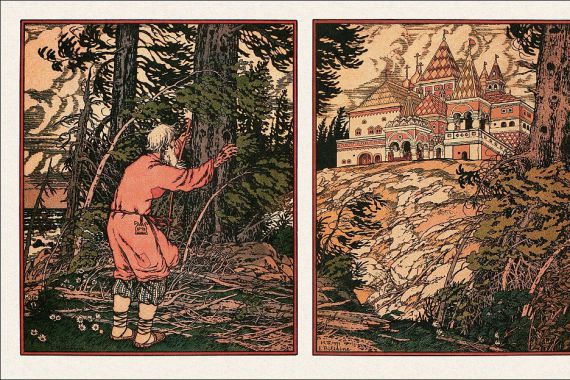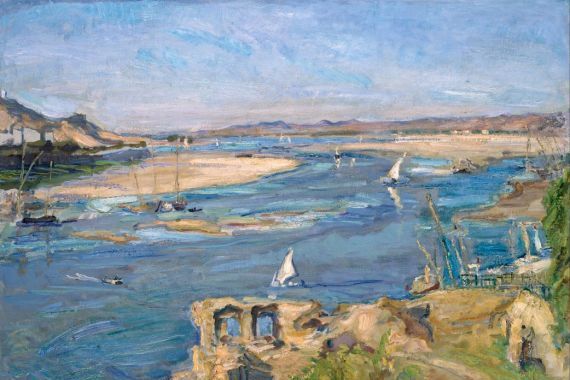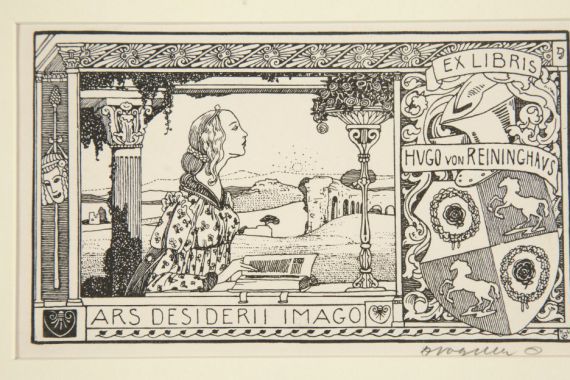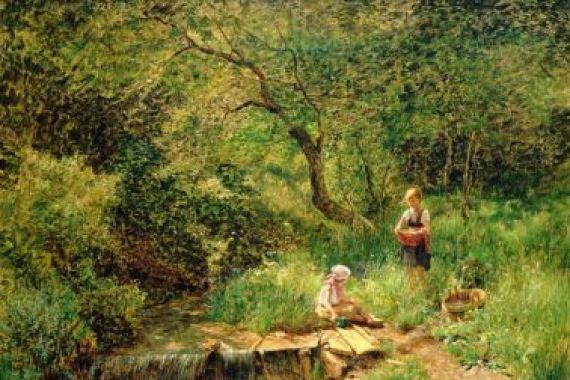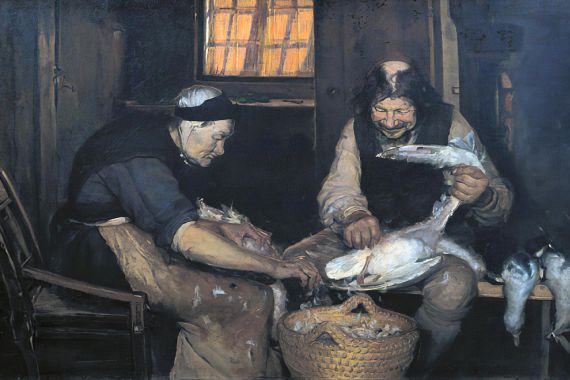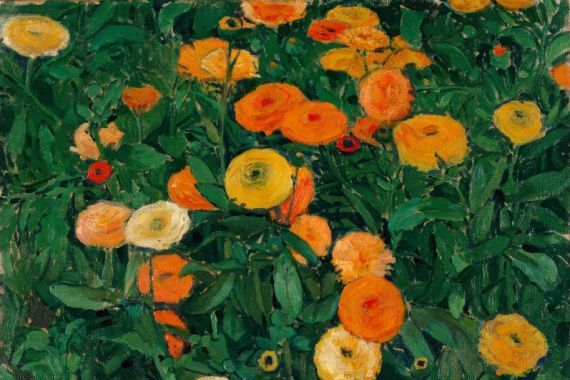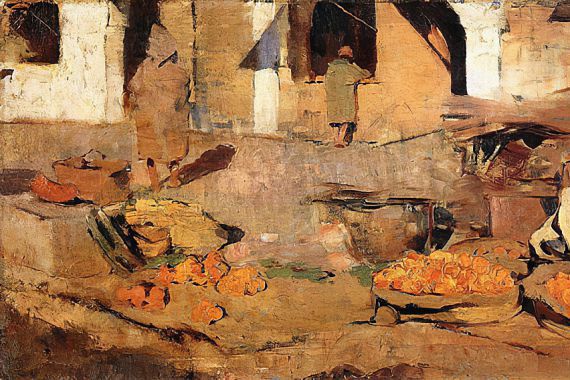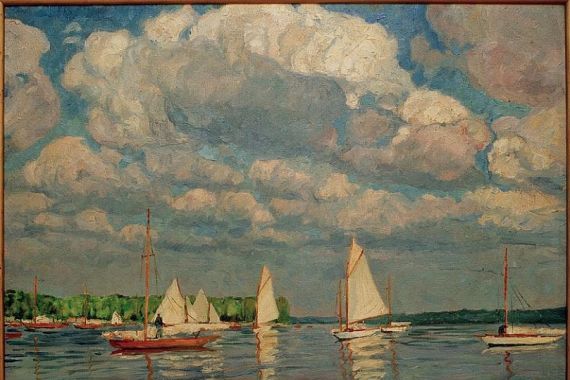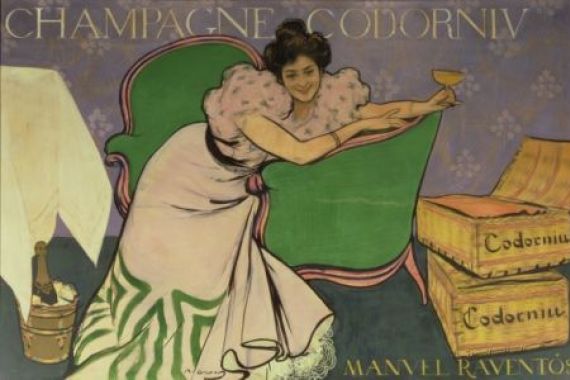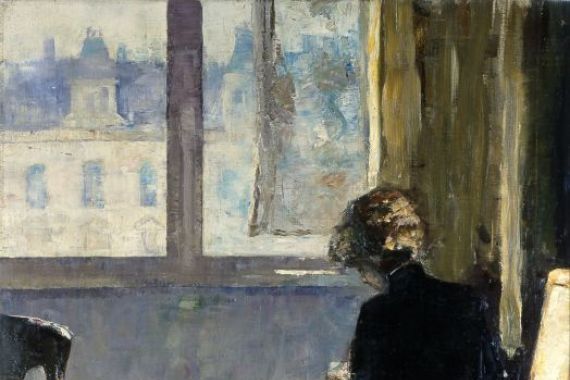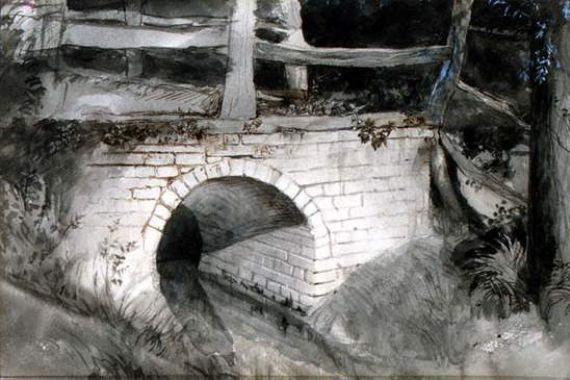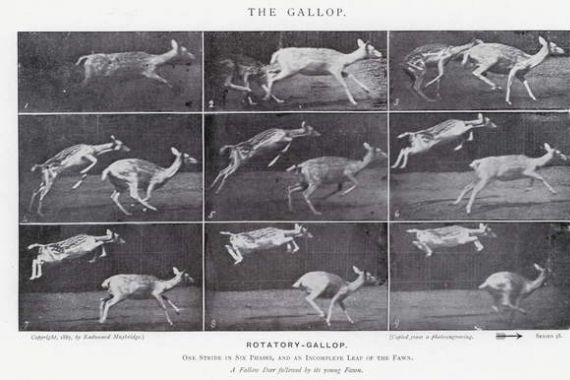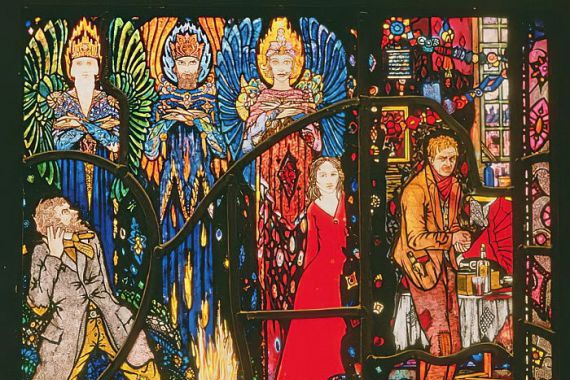Artists of the 20th Century – Modernism, Avant-Garde & Pop Art
The 20th century was an age of extremes, upheaval, and boundless creativity. Never before had art and society undergone such radical transformation. Colors exploded on canvas, forms dissolved, and perspectives were shattered. Artists sought answers to a world reinvented time and again – between technological revolutions, wars, and an unprecedented drive for freedom.
Early morning in Paris: Light drips onto a canvas, cars honk outside, new rhythms play on the radio, and heated debates fill the Café de Flore. Here, works emerge that break with all tradition. Expressionism celebrates raw emotion, Cubism deconstructs the world into planes, Surrealism opens doors to dreams and abysses. In Berlin, New York, Moscow, or Tokyo, art and life become inseparable.
This century is shaped by rupture but also liberation: Women like Frida Kahlo and Gabriele Münter conquer the canvas, giving art a new, self-assured voice. In the 1960s, Pop Art shakes up the scene; Warhol’s soup cans and Lichtenstein’s comics become icons. Art moves into politics, onto the streets, into everyday life. Boundaries blur, styles mix, and art has never been more international, experimental, or daring.
Alongside the great movements, the 20th century lives through personalities forging their own paths: Egon Schiele shocks with raw honesty, Marc Chagall infuses poetry into modernity, Georgia O’Keeffe turns flowers into monuments. Abstraction encourages the courage to question everything—even what art means itself.
Art in the 20th century means departure, resistance, and playful invention. This is the century where anything seems possible—every brushstroke a declaration of life, freedom, and renewal. This epoch remains an inexhaustible adventure: open, powerful, always in motion.
Artists of the 20th Century – Modernism, Avant-Garde & Pop Art
The 20th century was an age of extremes, upheaval, and boundless creativity. Never before had art and society undergone such radical transformation. Colors exploded on canvas, forms dissolved, and perspectives were shattered. Artists sought answers to a world reinvented time and again – between technological revolutions, wars, and an unprecedented drive for freedom.
Early morning in Paris: Light drips onto a canvas, cars honk outside, new rhythms play on the radio, and heated debates fill the Café de Flore. Here, works emerge that break with all tradition. Expressionism celebrates raw emotion, Cubism deconstructs the world into planes, Surrealism opens doors to dreams and abysses. In Berlin, New York, Moscow, or Tokyo, art and life become inseparable.
This century is shaped by rupture but also liberation: Women like Frida Kahlo and Gabriele Münter conquer the canvas, giving art a new, self-assured voice. In the 1960s, Pop Art shakes up the scene; Warhol’s soup cans and Lichtenstein’s comics become icons. Art moves into politics, onto the streets, into everyday life. Boundaries blur, styles mix, and art has never been more international, experimental, or daring.
Alongside the great movements, the 20th century lives through personalities forging their own paths: Egon Schiele shocks with raw honesty, Marc Chagall infuses poetry into modernity, Georgia O’Keeffe turns flowers into monuments. Abstraction encourages the courage to question everything—even what art means itself.
Art in the 20th century means departure, resistance, and playful invention. This is the century where anything seems possible—every brushstroke a declaration of life, freedom, and renewal. This epoch remains an inexhaustible adventure: open, powerful, always in motion.
×



